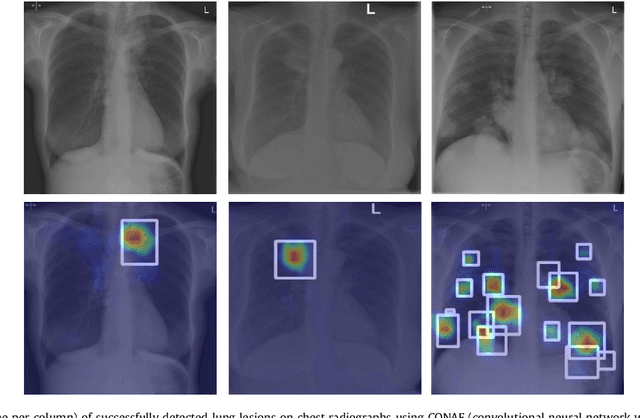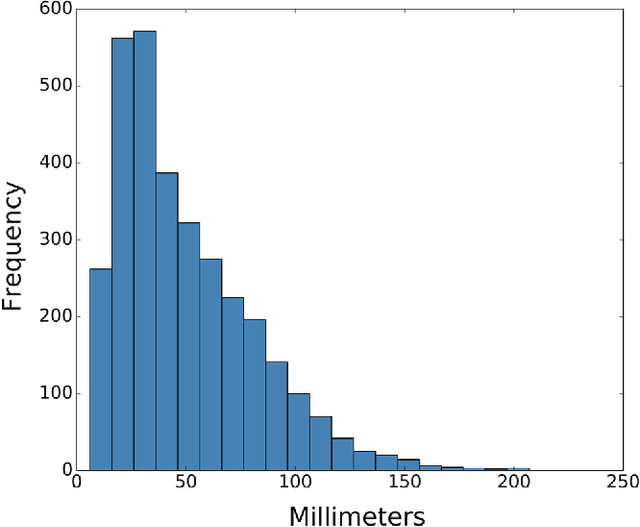Emanuele Pesce
Connectivity-driven Communication in Multi-agent Reinforcement Learning through Diffusion Processes on Graphs
Feb 12, 2020



Abstract:We discuss the problem of learning collaborative behaviour in multi-agent systems using deep reinforcement learning (DRL). A connectivity-driven communication (CDC) algorithm is proposed to address three key aspects: what agents to involve in the communication, what information content to share, and how often to share it. We introduce the notion of a connectivity network, modelled as a weighted graph, where nodes represent agents and edges represent the degree of connectivity between pairs of agents. The optimal graph topology is learned end-to-end concurrently with the stochastic policy so as to maximise future expected returns. The communication patterns depend on the graph's topology through a diffusion process on the graph, the heat kernel, which is found by exponentiating the Laplacian eigensystem through time and is fully differentiable. Empirical results show that CDC is capable of superior performance over alternative algorithms for a range of cooperative navigation tasks.
Improving Coordination in Multi-Agent Deep Reinforcement Learning through Memory-driven Communication
Jan 12, 2019



Abstract:Deep reinforcement learning algorithms have recently been used to train multiple interacting agents in a centralised manner whilst keeping their execution decentralised. When the agents can only acquire partial observations and are faced with a task requiring coordination and synchronisation skills, inter-agent communication plays an essential role. In this work, we propose a framework for multi-agent training using deep deterministic policy gradients that enables the concurrent, end-to-end learning of an explicit communication protocol through a memory device. During training, the agents learn to perform read and write operations enabling them to infer a shared representation of the world. We empirically demonstrate that concurrent learning of the communication device and individual policies can improve inter-agent coordination and performance, and illustrate how different communication patterns can emerge for different tasks.
Learning to detect chest radiographs containing lung nodules using visual attention networks
May 17, 2018



Abstract:Machine learning approaches hold great potential for the automated detection of lung nodules in chest radiographs, but training the algorithms requires vary large amounts of manually annotated images, which are difficult to obtain. Weak labels indicating whether a radiograph is likely to contain pulmonary nodules are typically easier to obtain at scale by parsing historical free-text radiological reports associated to the radiographs. Using a repositotory of over 700,000 chest radiographs, in this study we demonstrate that promising nodule detection performance can be achieved using weak labels through convolutional neural networks for radiograph classification. We propose two network architectures for the classification of images likely to contain pulmonary nodules using both weak labels and manually-delineated bounding boxes, when these are available. Annotated nodules are used at training time to deliver a visual attention mechanism informing the model about its localisation performance. The first architecture extracts saliency maps from high-level convolutional layers and compares the estimated position of a nodule against the ground truth, when this is available. A corresponding localisation error is then back-propagated along with the softmax classification error. The second approach consists of a recurrent attention model that learns to observe a short sequence of smaller image portions through reinforcement learning. When a nodule annotation is available at training time, the reward function is modified accordingly so that exploring portions of the radiographs away from a nodule incurs a larger penalty. Our empirical results demonstrate the potential advantages of these architectures in comparison to competing methodologies.
 Add to Chrome
Add to Chrome Add to Firefox
Add to Firefox Add to Edge
Add to Edge